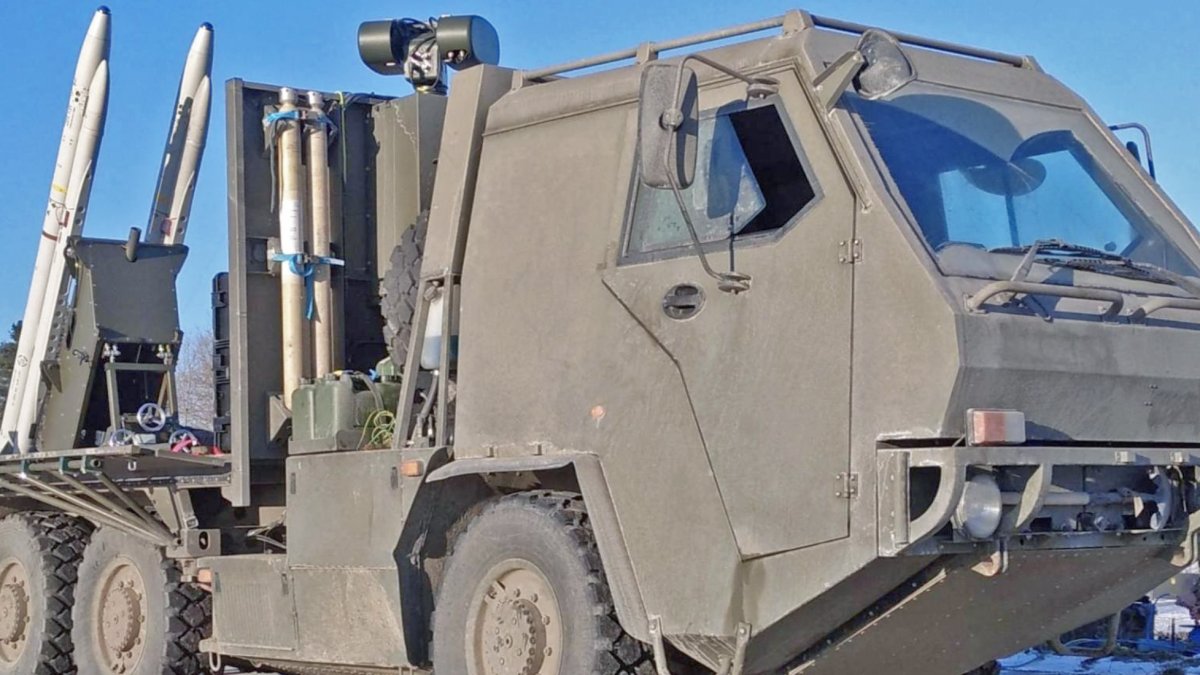AD, did the RAAF do or are they going with the "sidekick" mod? I would assume they have, but I can't find anything public about it.
There are a few reports (scuttlebutt really) that USN may have operationally deployed the "Sidekick" weapons adaptor in the Red Sea Ops currently underway, but if so they are an early operational test type scenario at best.
No-one has "officially" gone with Sidekick as yet. It has been funded officially by the USN as a development item for their F-35C models that I have seen for certain and I have little doubt other users will come one board when it is available, but there was some talk about the weapons bays having to be re-designed and possibly even a bulkhead modified for the bays to fit 6x AMRAAM even with the Sidekick adaptor so it may not be as "straight forward" as it seemed at one point.
If the development of Sidekick works out positively, I am quite sure RAAF will be keen on acquiring it, with the F-35A selected to be our primary air to air fighter for the foreseeable future... In the mean time, they are quite likely looking at some of the tactical set-ups they can use with the existing air to air missile capability of the F-35A with internal and external weapons options, as well as (likely) options for off-board firing of AMRAAM missiles from other aircraft, such as RAAF Super Hornets / Growlers and even allied aircraft. These things tending to happen in force packages, of course...




